Nanjing Weather
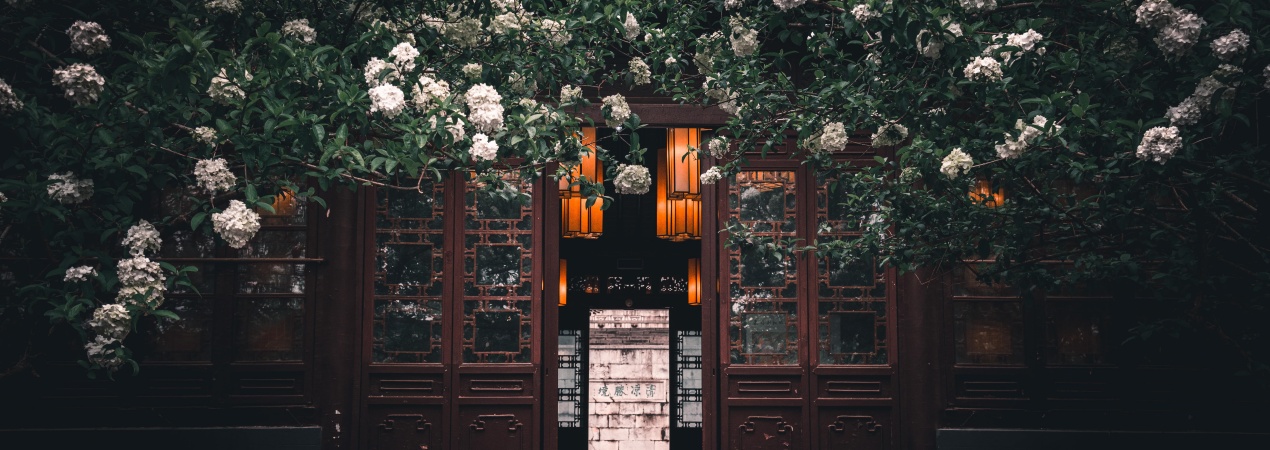
Nanjing has a monsoon-influenced humid subtropical climate located in the lower reaches of the Yangtze River. Subtropical Nanjing has four distinct seasons – mild spring with moderate rainfall, hot and rainy summer with frequent thunderstorms, cool and sunny autumn with little rain, and cold dry winter with occasional light snow.
Nanjing Average Climate by Month| Jan | Feb | Mar | Apr | May | Jun | Jul | Aug | Sep | Oct | Nov | Dec | |
| High (℃) | 8 | 7 | 16 | 21 | 26 | 29 | 33 | 35 | 30 | 21 | 17 | 9 |
| High(℉) | 46.4 | 44.6 | 60.8 | 69.8 | 78.8 | 84.2 | 91.4 | 95.0 | 86.0 | 69.8 | 62.6 | 48.2 |
| Low (℃) | 0 | 2 | 7 | 13 | 17 | 22 | 27 | 27 | 23 | 14 | 9 | 2 |
| Low(℉) | 32.0 | 35.6 | 44.6 | 55.4 | 62.6 | 71.6 | 80.6 | 80.6 | 73.4 | 57.2 | 48.2 | 35.6 |
| Rain (mm) | 48 | 55 | 80 | 98 | 102 | 180 | 170 | 120 | 65 | 50 | 58 | 35 |
Spring
Weather
Nanjing's spring is mild and changing. Average low temps are 7–16°C, and highs range from 16–26°C. March begins cool but warms up fast, while May sometimes gets hot suddenly. Rain falls more each month—about 80–102mm on average. There are lots of light rains, and sometimes thunderstorms too. The air gets more humid, so days feel damp. But early spring brings pretty cherry and plum blossoms, which make parks like Jiming Temple and Xuanwu Lake look bright and colorful.
Clothing
Since spring temperatures change a lot, layering your clothes matters. You might need a light jacket or sweater in the morning and evening, but afternoons are usually warm enough for long-sleeve shirts or thin sweaters. Rain means waterproof shoes or boots are smart—and you'll need an umbrella daily. Bring a scarf or light windbreaker if you're outside; they help with sudden weather changes. For visiting Nanjing's old places and gardens full of flowers, comfortable walking shoes are good.
Things to do
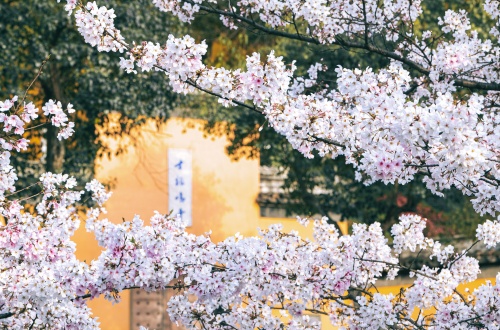 Ji Ming Temple cherry blossoms
Ji Ming Temple cherry blossomsIn Nanjing, spring is great for exploring outdoors. Head to Zijin Mountain Scenic Area—blooming azaleas and cherry blossoms are all around, and you can hike or bike there. Jiming Temple is known for its cherry blossoms; you can enjoy quiet views there, and learn a lot about its culture too. Xuanwu LakePark works for two activities: boating on the lake and picnicking by its shores. Don't skip the Confusion Temple area—walk its ancient streets, try local snacks (one is salted duck), and watch lantern displays along the Qinhuai River. This area gets extra lively, and that's during the Qingming Festival in early April.
Summer
Weather
Nanjing has hot, humid summers. Average lows are 22–27°C, and highs reach 33–35°C in July and August. June brings the "meiyu" (plum rain) season—it makes this time have heavy rain (180mm) and high humidity. Then July and August get very hot. Thunderstorms often happen in the afternoon; they give short relief from the heat. People call Nanjing "Four Furnaces" (one of China's "Four Furnaces")—this nickname shows how hot its summers are.
Clothing
Light and breathable clothes are best for summer. Short - sleeved shirts, shorts, or summer dresses are ideal for daytime. Hats, sunglasses, and sunscreen (SPF 50+) are necessary to protect against strong sunlight. For indoor places with air conditioning, bring a light cardigan. Comfortable, moisture - wicking shoes are recommended for walking as streets can get hot.
Things to do
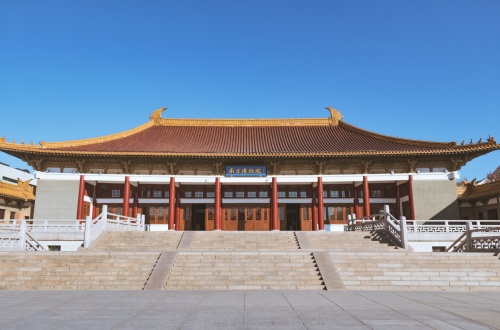 Nanjing Museum
Nanjing MuseumHead to the Nanjing Museum. As one of China's big museums, it has ancient artifacts and art, and you can stay cool in its indoor space. The shaded paths and breezy mountaintop of Sun Yat-sen Mausoleum also let you get away from the heat, so it's a great pick too. When evening comes, take a walk alongLaomendong Ancient Street. Lanterns light it up, and you can have cold treats such as "douhua" (tofu pudding) or icy plum juice.
Autumn
Weather
Autumn is the nicest season in Nanjing. It has mild temperatures and not much humidity. Average lows are 14–23°C, and highs fall from 30°C in September to 17°C in November. Monthly rainfall goes down a lot to 50–65mm, and most days are clear and sunny. The fresh air and golden leaves—like ginkgo trees at Drum Tower and maple leaves on Qixia Mountain—make people love outdoor activities in this season.
Clothing
For autumn, layering clothes are what you need. Light jackets, sweaters, or long-sleeved shirts are good for daytime. You might need a thicker coat at night, though. Jeans or trousers feel comfy when you explore, and closed-toe shoes work as it cools down. When it's colder, scarves not only keep you warm but also look nice. Take an umbrella—there's sometimes a little rain. Most days are sunny, though.
Things to do
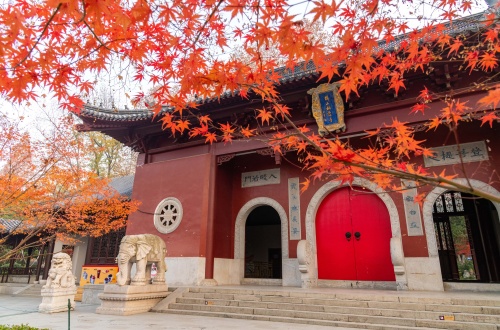 The Qixia Temple in the Qixia Mountain
The Qixia Temple in the Qixia MountainHiking Qixia Mountain is perfect in autumn—it's famous for fiery red maple leaves from October to November. Go to the Presidential Palace, a historic place with both Chinese and Western buildings. You can walk in its nice courtyards under clear skies. In September, the Confusion Temple area gets busy with Mid-Autumn Festival. There, you can taste mooncakes and see river lanterns. For a cultural time, join a traditional tea ceremony at an old teahouse near Xuanwu Lake. You can enjoy harvest teas of the season, like chrysanthemum tea.
Winter
Weather
Nanjing has cold, damp winters. Average lows are 0–7°C, and highs are about 8–14°C. Snow is rare—if it snows, it's light and doesn't last long. But humidity makes the cold feel sharp. December has the least rain (35mm), while January and February often have light rain or frosty mornings. Northern winds from the Huai River basin make the chill stronger. This is more obvious in open spots like the Yangtze River waterfront.
Clothing
You need warm, padded clothes. Put on layers—like sweaters, down jackets, or padded coats. Scarves, gloves, and knit hats keep cold wind off you. On rainy or frosty days, sidewalks can get slippery, so waterproof boots work well. Thermal undergarments give extra warmth for early mornings or outdoor things. Indoors, there's less heating than in northern China. So thick socks and slippers are good to wear at home or in restaurants.
Things to do
 Zijin Mountain
Zijin MountainDuring Spring Festival (late January/early February), head to Laomendong Ancient Street to enjoy winter traditions. Red lanterns decorate it, and festive snacks like "tangyuan" (glutinous rice balls) are available there. Warm up by having a bowl of duck blood vermicelli soup at a local eatery. Visit the the Memorial Hall of the Victims in Nanjing Massacre by Japanese Invaders if you like history—it's a serious but important cultural stop, and best visited on dry, mild days. Rare snowy days make Xuanwu Lake 's snow-dusted pavilions and Zijin Mountain’s white-capped peaks look beautiful. These winter scenes are great for taking photos.
Drop us a line and we'll connect you with the top China expert in no time!
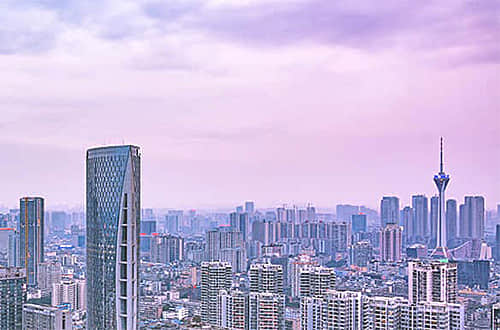 Chengdu Weather
Chengdu Weather 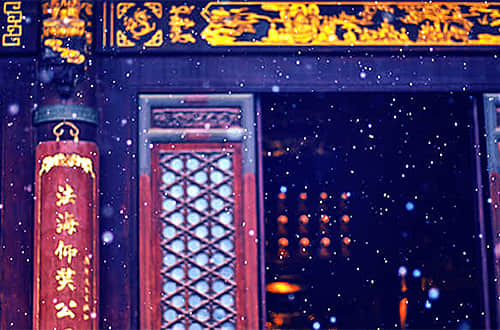 Xi'an Weather in January
Xi'an Weather in January  Wuhan Weather in January
Wuhan Weather in January  Chongqing Weather in January
Chongqing Weather in January